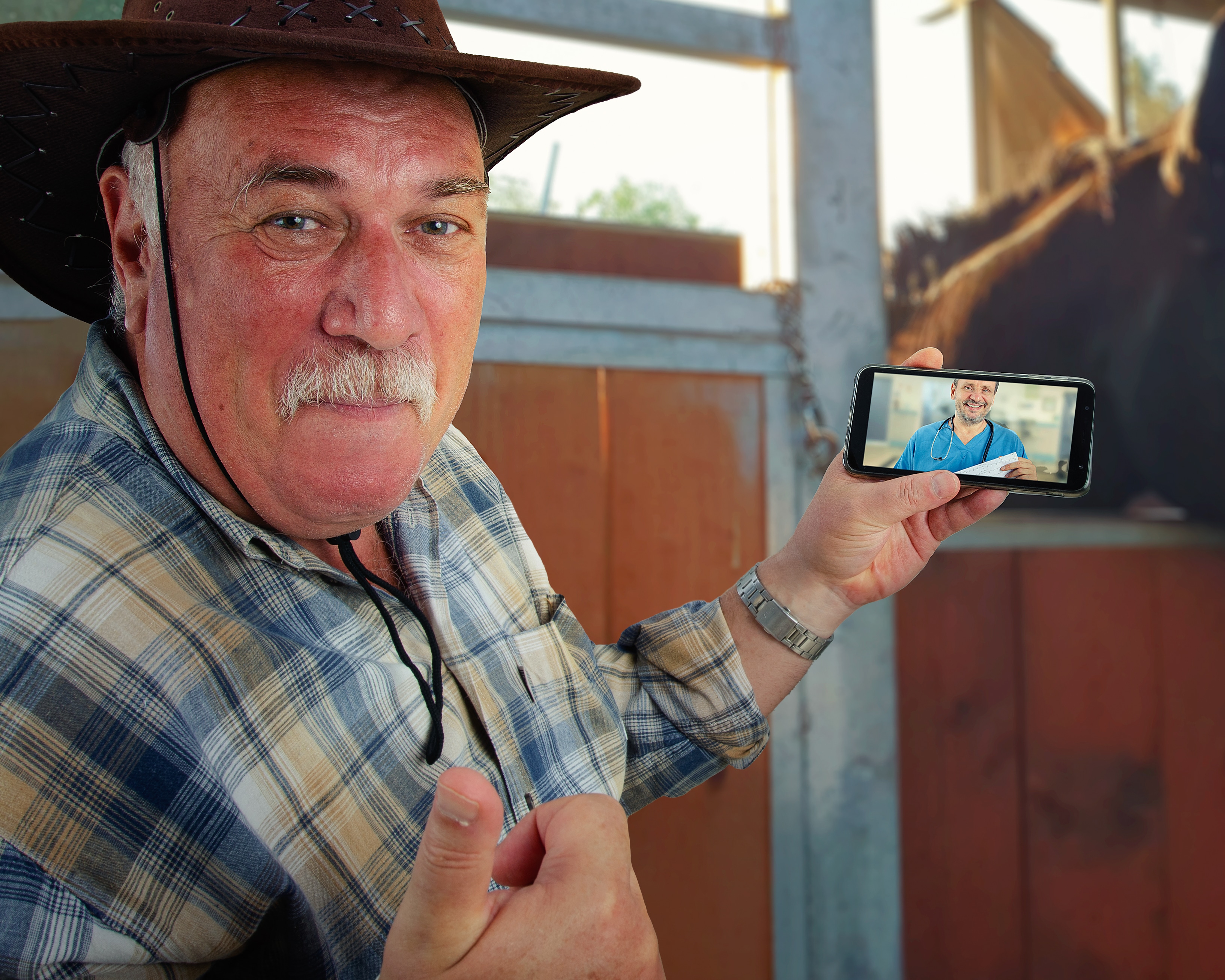
How to Get Buy in for Remote Patient Monitoring Technology
Over the last several years, technology has transformed all aspects of our lives. Inste...
August 2, 2021
Traditionally patients seeking medical care would travel to their provider’s office a few times per year. For many patients with chronic conditions, additional interaction with their provider can help maintain a course toward a healthier lifestyle. The introduction of remote patient monitoring (RPM) allows providers and patients to have an ongoing discussion concerning the patient’s health, often leading to better healthcare outcomes.
Remote patient monitoring uses technology to monitor and manage patient health outside of traditional appointments in an ongoing conversation.
RPM focuses on collecting biological and physiological data and rapidly analyzing it, while a telehealth visit is generally a doctor’s appointment over voice and video calls. For example, a practice might monitor a patient with hypertension to make sure their blood pressure is optimal using a device that goes around the patient’s arm and collects and sends blood pressure data.
By investing in a purpose-built RPM solution, medical practices can improve treatment by monitoring and analyzing patient conditions in real-time. This enables providers to make sure chronic illnesses are monitored closely, and it also allows them to “see” more patients each day, which can have a significant impact on their bottom line.
According to one recent study, the global patient monitoring market is expected to grow to $41.9 billion by 2025, up from the $25.5 billion the market commanded in 2020. Your practice can benefit from this technology and here are five ways how:
With the right remote patient monitoring solution in place, health outcomes improve thanks to your ability to have consistent patient information and offer timely care delivered to patients during their day-to-day lives.
In the case of our theoretical patient with hypertension, a doctor using RPM might notice an increase in blood pressure and immediately intervene by either putting the individual on a new medication or suggesting lifestyle changes.
Deploying leading remote patient monitoring tools enables you to capture revenue with no upfront costs or additional staffing. When you partner with the right vendor, you gain access to a team of skilled technologists who identify and enroll patients on your behalf. After that, they help make sure patients are productive with the platform by managing their devices and recording and monitoring data.
Since Medicare reimburses RPM services at the same rate as in-person appointments, this can be an incredibly lucrative add-on.
RPM leverages technology and extends your care team to improve health outcomes and keep your patients engaged in their health and your practice.
With a powerful remote patient monitoring solution, doctors and physicians gain visibility and insight into changing patient conditions. As a result, they can identify and begin remedying certain conditions before they worsen — improving health outcomes while keeping costs down for patients, insurers, and practices.
RPM tools enable you to engage your patients on a deeper level by offering a collaborative care experience. And that’s a great thing because the more patients are engaged in their healthcare, the more likely they are to take control over their treatment plan and achieve an optimal health outcome.
If your practice is packed with patients and you’re looking for ways to cover more ground, increase your effectiveness, and become more efficient, we can help! To witness the game-changing power of RPM technology in action, request a demo today.